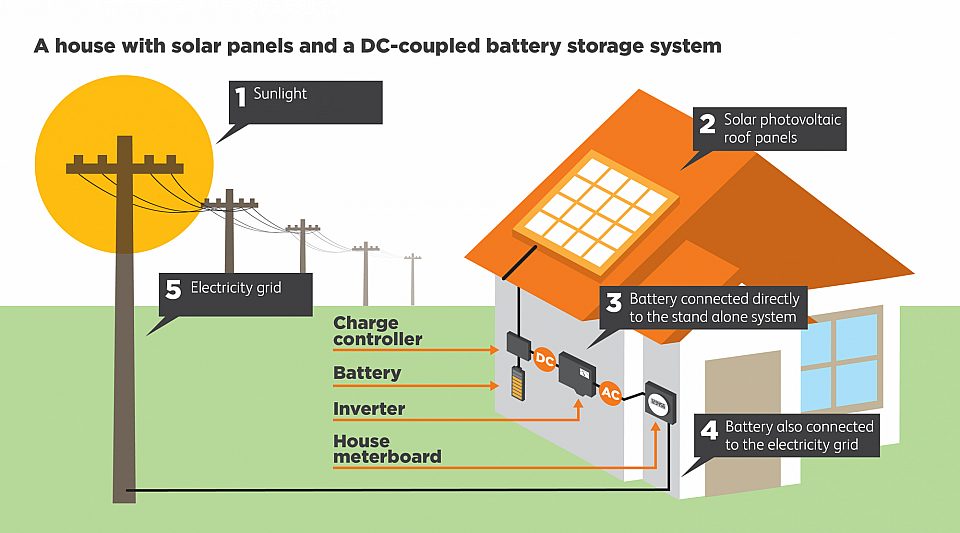Melbourne Airport is one of the country’s biggest users of energy, and the facility has taken a proactive approach to sourcing and managing its energy needs beyond 2020.
Melbourne Airport’s electricity demand is forecast to grow significantly over the next five years, driven by terminal and airfield development.
Historically, growth of such magnitude has resulted in a significant increase in energy requirements – and as a by-product, the increased consumption of fossil fuel resources.
This increased consumption has both local and global risk implications for the airport’s environment and heritage.
Recognising these risks, Melbourne Airport is taking action by investing in renewable energy, building a new solar farm on the airfield to meet its increased energy needs.
The solar farm will have the capability to produce enough renewable energy to power all four passenger terminals when it is turned on in January 2021. The project is the largest of its kind in Australia.
The solar farm will see Melbourne Airport generating 17GW hours of electricity per annum, which is equal to nearly 15 per cent of the airport’s annual electricity consumption.
Construction of the solar farm is well advanced; with all panels now installed. The panels were installed at a site off Sunbury Road, which was chosen as a location due to the available land, proximity to the airport and the maximum direct sunlight without obstructions – optimal for producing solar energy.
Melbourne Airport Chief of Landside Access Lorie Argus said she was proud of the investment in renewable energy, which will reduce the airport’s carbon footprint.
“With the airport’s electricity demand expected to grow, the construction of our solar farm makes sense for several reasons,” said Mrs Argus.
“The project is expected to deliver significant annualised energy cost savings, a timely benefit with the impacts of COVID-19 wreaking havoc on the aviation industry.
“Additionally, we are committed to growing the airport in an environmentally, socially and economically sustainable way. This renewable energy project is another chapter in that story.”
Beon Energy Solutions General Manager Glen Thomson said the company is excited to be working with Melbourne Airport to deliver Australia’s largest behind-the-meter solar installation– the largest of any airport in the country.
“The airport location brings with it some unique complexities and challenges, which utilises our collective strengths,” Mr Thomson said.
“We congratulate Melbourne Airport on their investment and focus on innovative solutions to their growing energy needs, and we look forward to continuing the relationship with similar projects across the airport precinct.”
In addition to working with Beon Energy Solutions for the development of the solar farm, Melbourne Airport has also enlisted the services of SMA Australia, who provided the containerised inverter modules, and Canadian Solar, who provided the solar panels.
Multiple benefits for a large energy user
For Melbourne Airport, the decision to proceed with this development was largely about investing in renewable energy to reduce the airport’s carbon footprint.
The annual cost savings the airport will see as a large energy user added to the attractiveness of the development.
The solar farm, which is the length of approximately 26 soccer fields, is one of the largest behind-the-metre solar farms in the Southern Hemisphere – the site itself is 192,000 square metres.
“Having our own solar farm means that environmentally, we are growing the airport in a sustainable way and are also able to deliver energy cost savings,” said Mrs Argus.
“Since construction commenced, we’ve been contacted by Melbourne Markets, Latrobe University and a few other large organisations wanting to find out more about how they can implement similar solar initiatives.
It’s been great to be able to share our knowledge and first-hand experience.” Key learnings from the project included:
» Mitigating the effect of reflected glare from solar panels on planes: this can be managed through an aviation impact
assessment, using the latest software modelling to confirm there is no impact to pilot safety. Melbourne Airport chose a fixed ground racking system for the solar panels, in lieu of a tracking system, to assist in managing these risks.
» Bird roosting: this can be an issue around the airport approaches. However, all plants around the development have been chosen to minimise any bird roosting risks. For example, shrubs have been chosen to be planted around the perimeter.
A focus on sustainability
In addition to the new solar farm, Melbourne Airport has a number of other initiatives in place that enhance its sustainability and energy self-sufficiency credentials.
It also has an 8MW trigeneration plant that provides power into the airport’s high voltage network. Both the solar farm and the trigeneration plant can operate in unison due to the fact that the airport’s load is more than the sum of what the solar farm and trigeneration plant can produce.
Melbourne Airport has also installed a solar array on the rooftop of one of its tenant’s warehouses, located in the Melbourne Airport Business Park.
The 2MW capacity array, perched on Agility’s roof, is approximately 30,000 square metres and is the airport’s first solar development on a roof structure. The system will connect into Melbourne Airport’s embedded network.
